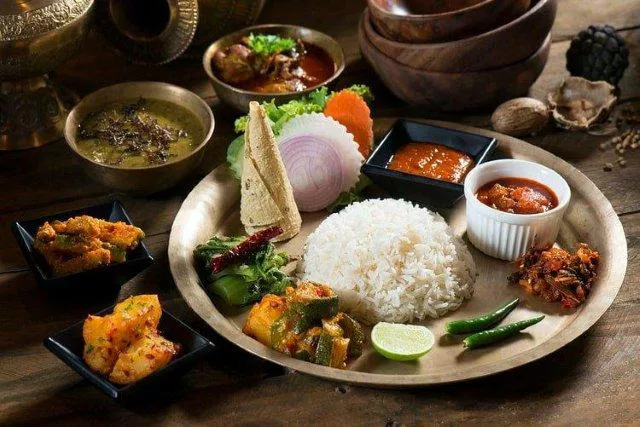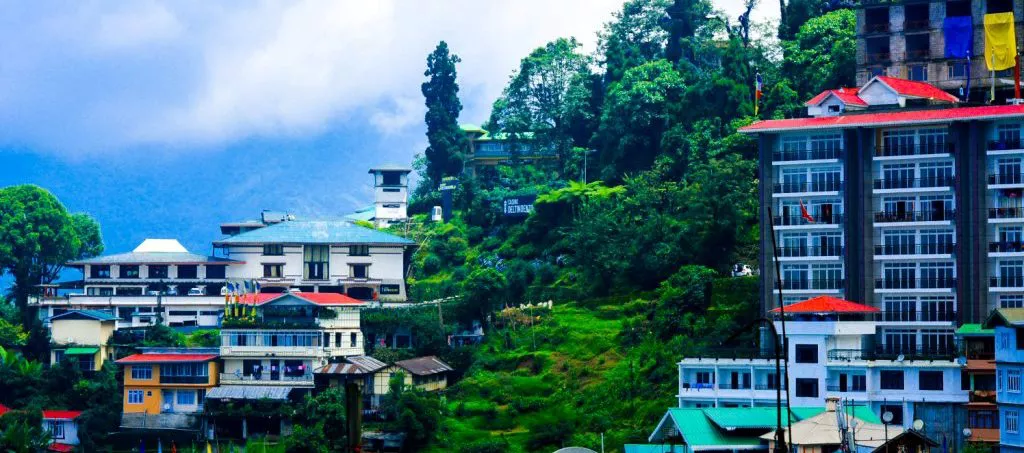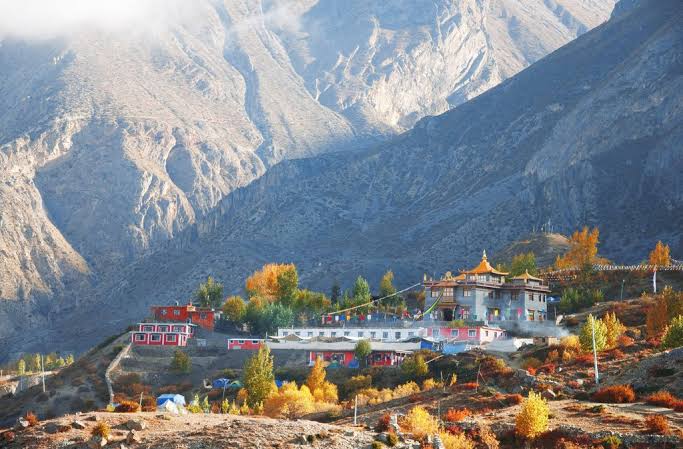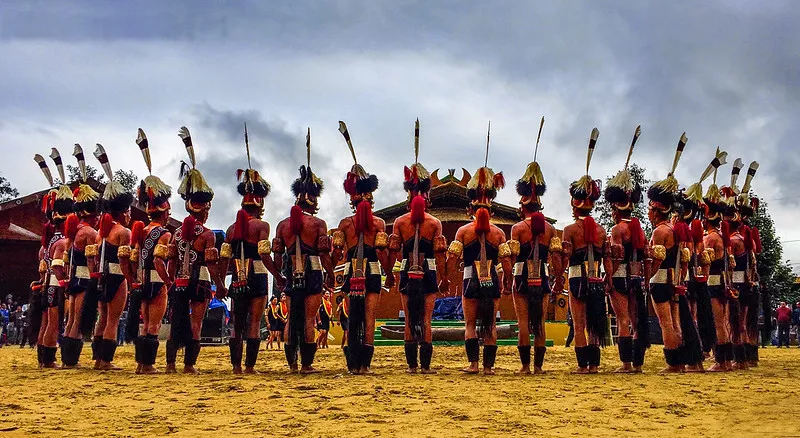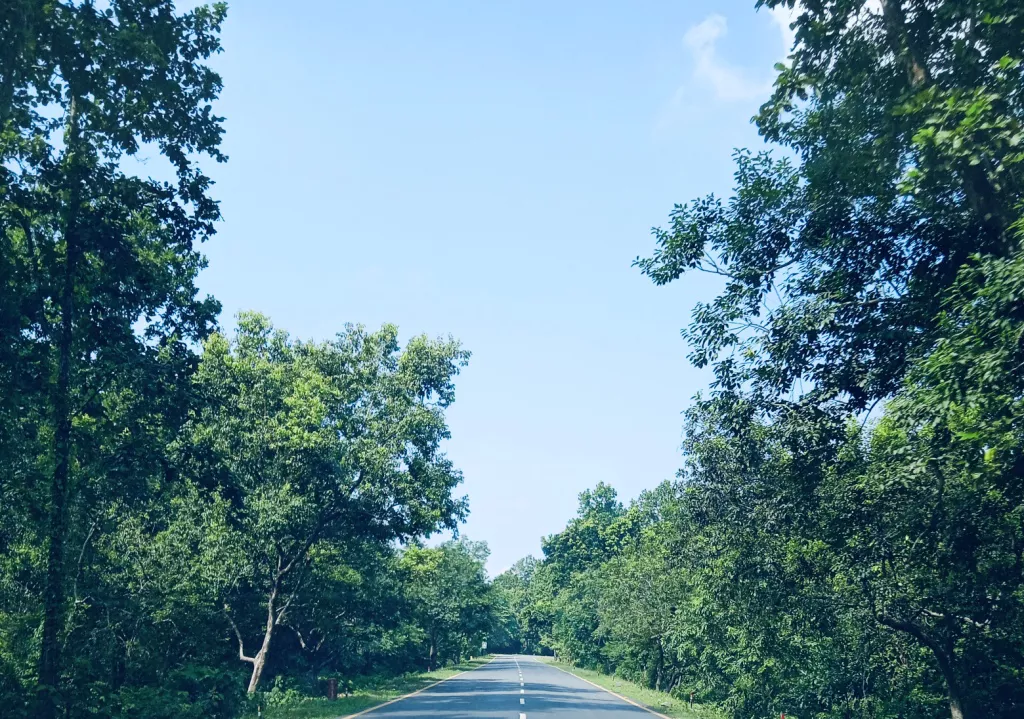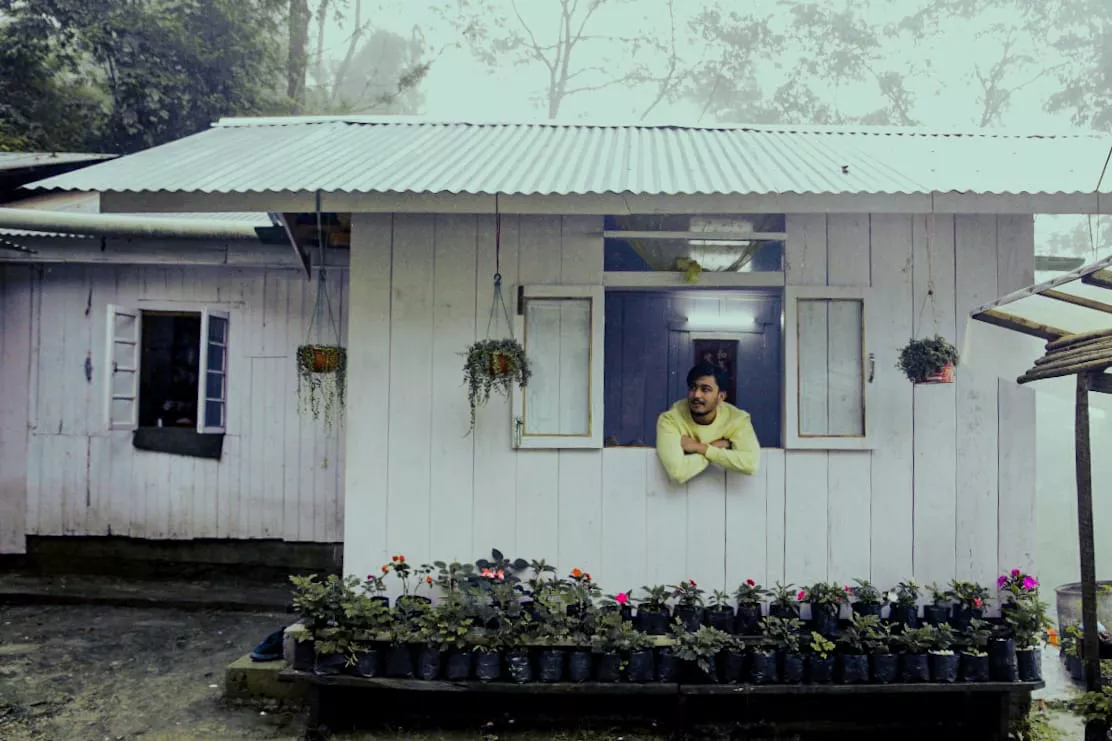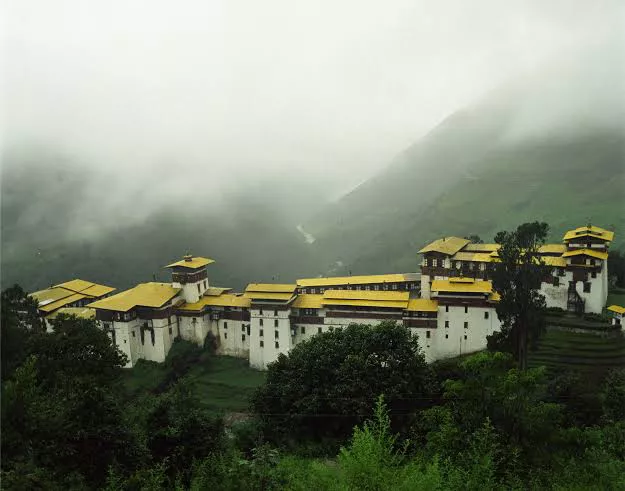Bhutan
radiates a certain blissful aura that is highly appealing to the soul-searcher.
From Bhutan’s serene landscapes and
calm people to monumental Buddha statues and stately monasteries, the Buddhist kingdom of Bhutan is quickly picking up as a popular tourist destination for
cultural as well as pilgrimage travellers, who visit Bhutan by the thousands
every year. Bhutan offers amazing places to visit and explore and these places are on top of the wish list of many travelers throughout the world. Bhutan is one of the best places to visit for every kind of
traveler.
Bhutan has many monasteries and your visit to Bhutan will not be complete without it. It is one of the places in Bhutan that mesmerizes you with the architectural marvel and brings peace to your soul. A wonderful aspect of the monasteries of Bhutan is that they all have fascinating histories associated with them and each is unique in its own way. Some monasteries in Bhutan are centuries old, at few places the monasteries serve as retreats, and some monasteries hold ancient old relics. Monasteries in Bhutan also serve various social purposes such as providing homes to children who are either orphaned or unable to be support by their parents.
Also read about: (Bhutan- The land of happiness)
Bhutan: one of the must visit places in South Asia
The best time to catch the colorful vibrancy of Bhutanese culture and traditions is to visit these amazing places in Bhutan during festivals, which take place in major monasteries of Paro and Thimphu, Bhutan. An important festival held in Bhutan is called Tshechu, or the Mask Dance Festival, which is held annually in various monasteries across Bhutan.
If you’re planning to visit any of the monasteries in Bhutan, keep in mind that most of the monasteries situated in different places are accessible only by taking a short hike.
The best time to visit any of the places in Bhutan is during summer and winter. For monastery visit, avoid the monsoons as the steps leading up to some of these monasteries get pretty slippery, although the places in Bhutan does look beautiful during monsoons too. The best time to plan your visit is in the months of March to May and September to December.
Read more on the places to visit in Bhutan
1.
Chagri Dorjeden Monastery (Bhutan)
Chagri Dorjeden Monastery - one of the must visit places in Bhutan
Also named Cheri Monastery, this Buddhist monastery in Bhutan was established in 1620 by
Ngawang Namgyal, the 1st Zhabdrung Rinpoch and forefather of the Bhutanese state.
The monastery is now a major teaching and retreat center of the Southern Drukpa Lineage of the Kagyu school of Tibetan Buddhism. It is located at the northern end of the Thimphu Valley about 15 kilometres from the capital in Bhutan. It sits on a hill above the end of the road at Dodeyna, Bhutan. To visit the monastery, you have to walk for an hour up a steep hill.
According to Bhutanese religious histories, the place was first visited by Padmasambhava in the 8th century. In the 13th century it was visited by Phajo Drugom Zhigpo the Tibetan Lama who first established the Drukpa Kagyu tradition in Bhutan. Johnsingh (2005) describes the magnificence of the place and the existence of goral there.
Chagri Dorjeden was the first monastery established in Bhutan by Ngawang Namgyal in 1620 when he was 27 years old. The Zhabdrung spent 3 years in strict retreat at Chagri and resided there for many eras throughout the rest of his lifetime. It was at Chagri in 1623 that he established the first Drukpa monastic order in Bhutan.
In 1705, the 7th Druk Desi, Umze Peljor, retired to Chagri Monastery, where he lived until his death in 1707.
The best time to visit this Bhutan monastery is all-year round. This monastery is also perfect place to visit for those seeking meditational retreat within Bhutan.
2. Chimi Lhakhang (Bhutan)
Chimi Lhakhang: another one of the must visit places in Bhutan
Also known as Chime Lhakhang or monastery or temple, Chimi
Lhakhang is situated in Punakha
District, Bhutan. Situated near
Lobesa, it stands on a round hillock and was built in 1499 by the 14th Drukpa
hierarch, Ngawang Choegyel, after the site was blessed by the "Divine
Madman," the eccentric saint Drukpa Kunley (1455–1529) who built a chorten
on the place.
In founding the site, it is said that Lama Kunley subdued a demon of Dochu La with his “magic thunderbolt of wisdom” and trapped it in a rock at the location close to where the chorten now stands. He was known as the "Mad Saint" or “Divine Madman” for his unconventional ways of teaching Buddhism by singing, humour, and outrageous behaviour, which amounted to being bizarre, shocking, and with sexual hints. He is also the saint who supported the use of phallus symbols as paintings on walls and as flying carved wooden phalluses on house tops at four corners of the attics. This Bhutan monastery is the source of the original wooden symbol of phallus that Kunley brought from Tibet. This wooden phallus is decorated with a silver handle and is used to bless people who visit the monastery on pilgrimage, particularly women seeking blessings to beget children. The tradition at this Bhutan monastery is to strike pilgrims on the head with a 10-inch wooden phallus (erect penis). Traditionally symbols of an erect penis in Bhutan have been planned to drive away the evil eye and spiteful gossip.
The best time to visit this Bhutan monastery is all-year round. The magnificent ancient Thai-theme architecture of this monastery is enough reason to not give this a miss on your next visit to Bhutan. To complete your visit to this Bhutan monastery, stay a night at one of the Chimi Lhakhang village homestays to enjoy warm local hospitality of the people of Bhutan.
3. Lhodrakarchu Monastery (Bhutan)
Lhodrakarchu Monastery is one of the Tibetan Buddhist monasteries in Bhutan. It is a Buddhist Nyingmapa Monastery of Jangter tradition based in Bumthang District Central Bhutan. This Bhutan monastery overlooks Jakar Dzong and the beautiful valley of Chamkhar town.
This Bhutan monastery was built in the 1990s in the traditional Dzong architectural style following a huge support by the gracious Fourth King of Bhutan, Jigme Singye Wangchuk, and funding from International and Bhutanese patrons as well. As of 2006, this Bhutan monastery was still not entirely completed. Nevertheless, the monastery is home to more than 250 monks, many of them being children and young adults.
The best time to visit this Bhutan monastery is all-year round.
4.
Paro Taktsang (Bhutan)
Paro Taktsang
Also identified as the Taktsang Palphug Monastery and the Tiger's
Nest, this is a prominent Himalayan Buddhist holy site in Bhutan. The temple is located in the cliffside of the higher Paro
valley in Bhutan.
A temple complex was first built in 1692, around the Taktsang Senge Samdup cave where Guru Padmasambhava is said to have meditated for 3 years, 3 months, 3 weeks, 3 days, and 3 hours in the 8th century. Padmasambhava is credited with introducing Buddhism to Bhutan and is the tutelary divinity of the country. Today, Paro Taktsang in Bhutan is the best identified of the thirteen taktsang or "tiger lair" caves in which he meditated.
The temple enthusiastic to Padmasambhava (also known as Gu-ru mTshan-brgyad Lhakhang, "the Temple of the Guru with Eight Names") is a sophisticated structure built around the cave in 1692 by Gyalse Tenzin Rabgye. It has become the cultural icon of Bhutan. A popular festival, known as the Tsechu, held in honor of Padmasambhava, is famous in the Paro Valley of Bhutan sometime during March or April.
This is the most famous tourist places in Bhutan.
The best time to visit this Bhutan monastery is from March to May and September to mid-November.
5. Phajoding Monastery (Bhutan)
Phajoding Monastery is a Buddhist monastery near Thimpu in Bhutan. It was one of the richest and
most decorated monasteries in Bhutan; however, due to neglect, it was
listed in 2010 by the World Monuments Fund as an endangered cultural monument
of Bhutan.
Phajoding Monastery was established in the 13th century by Phajo Drugom Zhigpo (1184-1251), a Tibetan lama who spread the Drukpa Kagyu teachings of Buddhism in Bhutan. Most of the buildings at Phajoding, Bhutan, though were constructed in 1748 by Gyelwa Shakya Rinchen, the 9th Je Khenpo. Today, this Bhutan monastery houses 80 young monks.
The best time to visit this Bhutan monastery is in summer. There is also a beautiful lake above the monastery you can visit. Bhutan has many pristine lakes that can be best experienced through treks.
6.
Tango Monastery (Bhutan)
This is a Buddhist monastery located 14 kilometres to the north of the capital city of Thimphu in Bhutan, near Cheri Mountain. It was founded by Phajo Drugom Zhigpo in the 13th century and built in its present form by Tenzin Rabgye, the 4th Temporal Ruler in 1688. In 1616, the Tibetan lama Shabdrung Ngawang Namgyal meditated in its cave. The self-emanated form of the wrathful Hayagriva is deified in the monastery. It belongs to the Drukpa Kagyu School of Buddhism in Bhutan. Presently, Tango Monastery in Bhutan is the center for higher studies for monks. This monastery like other holds religious significance and people from different places in Bhutan visit the monastery for worship and prayers.
This Bhutan monastery is located near Cheri Mountain, a 30-minute drive from the city. Visit it during the summer as you need to hike for 45 minutes to reach the monastery.
7.
Yongla Monastery (Bhutan)
This is a Nyingma Buddhist monastery in Pema Gatshel in Bhutan and is located at Yongloa on top of a mountain and is seen when one goes through the national highway linking Samdrup Jongkhar and Pema Gatshel. Although Yongla Goenpa was founded by Yongla Lam Dorji in 1736, this Bhutan monastery was originally founded by Kheydrup Jigme Kundel in the 18th century. Kheydrup Jigme Kundel was instructed by Jigme Lingpa to find a destination that resembled that of Tsari in Tibet, which looked like a ritual dagger (Phurpa). This was a move to spread the teaching of Jigme Lingpa. Jigme Kuendel reportedly travelled from Tibet through Bumthang district of Bhutan looking for the destined place until he reached the present day Yongla accompanied by Khandro Dechen Gyalmo. When he asked the Khandro if this was the place prophesied by his master, the Khandro said, ‘Yong Yong’, meaning ‘Yes, Yes’, thus the place was named Yongla. Jigme Kuendel then meditated in this place and spread his teachings and then built a meditation center at the place. A nunnery was also built at the same place due to increase in popularity of Kuendel's teaching. The Lhakhang that is seen now was built around the 1980s and a total of 16 successive Lams have served as the abbot of Yongla Gonpa.
The best time to visit this Bhutan monastery is all-year round.
8.
Kurjey Lhakang (Bhutan)
Kurjey Lhakang
Also known as the Kurjey Monastery, it is located in the Bumthang
valley in the Bumthang district of Bhutan.
This is the final resting place of the remains of the first three kings of Bhutan. Also, a large tree behind one
of the temple buildings is believed to be a term that was left there by
Padmasambhava.
It is believed that Sindhuraja the ruler of Bumthang at the time was at war with another King called Nawchhe (Big nose) and in one of the battles with Nawchhe, Sindhu Raja had prayed for the help of the local deities but it was to no avail and Sindhu Raja had lost his son in the battle. Enraged, Sindhuraja decided to abolish all structures belonging to the local deities, angered by this Shelging Karpo the local deity stole the sog (life force) of Sindhuraja, and thus Sindhuraja fell ill due to this and the local healers were unable to do anything. At this point one of Sindhuraja's attendant sought help from Padmasambhava, who was residing in Nepal at the time, it is said that a cup of gold dust was offered to Padmasambhava, who then entered Bhutan through the route of Nabji Korphu via Mangde Chhu region. After he reached Bumthang, Sindhuraja promised him anything if he could cure him, Guru Rinpochhe then asked for Sindhuraja's daughter Moenmo Tashi Khuedron. Shelging karpo at the time was hiding inside his cave, Padmasambhava had to lure him out of the cave to subdue him. Padmasambhava ongoing best performance a cham dance, but although it accomplished to attract the attention of most local deities it failed to lure out Shelging Karpo. So he then asked Tashi Khuedron to fetch for a pale of water in a copper vase and this source of water which Tashi fetched water from became a source of sacred water called Kurje Drupcchu which is considered to be sacred even now and believed to cure illnesses due to its holy powers. After Tashi Khuedron fetched the water, Padmasambhava used the reflection of the light of the Sun from the vase and directed it towards the cave that Shelging Karpo was hiding in, intrigued Shelging Karpo decided to step out and find out what this reflection was, and when he stepped out Padmasambhava immediately subdued and also had him be a protector of the Dharma. Padmasambhava made Shelging Karpo return the sog of Sindhuraja and thus Sindhuraja was healed. Padmasambhava also meditated at the cave and thus left a print of his body on the cave which is why it is called Kurjey since you can see the imprint of Padmasambhava on the cave.
The best time to visit this Bhutan monastery is all-year round.
9.
Oesel Choeling Monastery (Bhutan)
The best time to visit this Bhutan monastery is all-year round.
Other famous places to visit in Bhutan are:
Phobjikha Valley: This is a small town in the central part of Bhutan. Like many other beautiful places to see in Bhutan, Phobjikha is bestowed with valleys and is surrounded by mountains and lush greenery. The place is known for its beautiful landscapes and passes and a day’s hike will take you through the town woods, and valley. Phobjikha Valley is one of the famous places of tourist attractions and loved by all.
Phobjikha Valley - one of the popular places in Bhutan
Read more on the places to visit in Phobjika Valley
2. Paro Valley: The beautiful valley of Paro encapsulates within itself a rich culture, scenic beauty, and hundreds of myths and legends. It is home to many of Bhutan's oldest temples and monasteries, national museum, and the country's only airport. Paro is also one of the most fertile valleys and has many places to visit nearby. In this kingdom, the production of a bulk of the locally famous red rice from its terraced fields is done. Paro also has many places near its valley that a traveler must not miss visiting.
Paro Valley
Read more on the places to visit in Paro
Explore the hidden paradise of Bhutan
View packages to majestic Bhutan
View package: Tour to ethereal Bhutan
